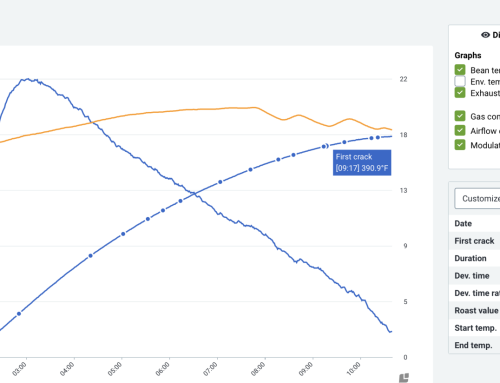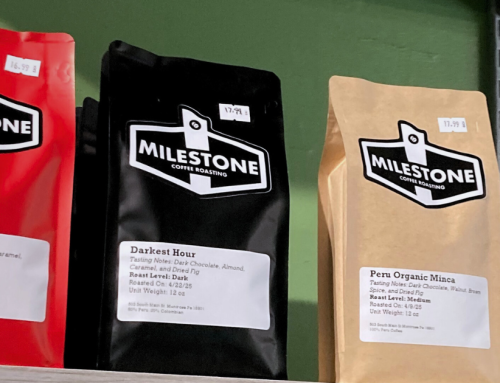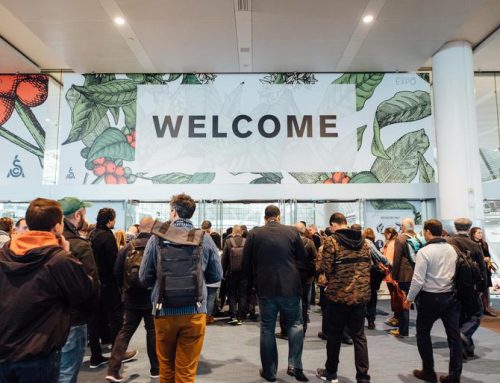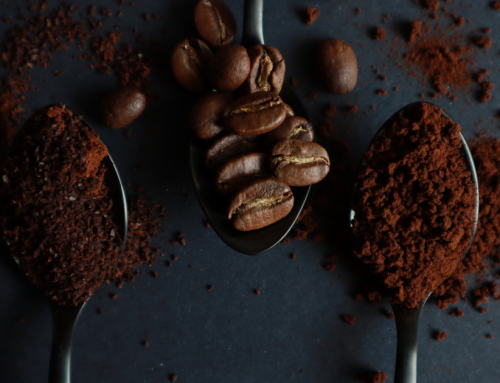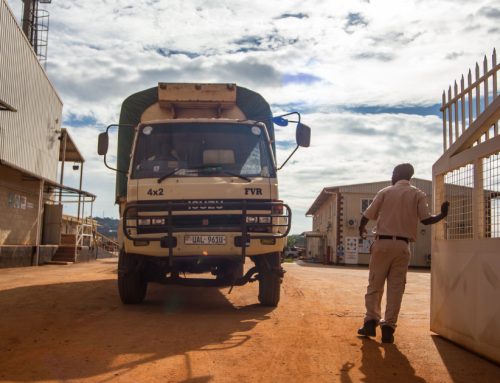If you’ve roasted or even sipped a cup of coffee today, you’ve taken part in a global chain that’s under serious pressure—and serious transformation. Climate change is hitting coffee hard, but the fight for sustainable coffee is underway and it’s gaining traction! From seed to cup, a diverse mix of actors including scientists, farmers, corporations, and NGOs are rewriting coffee’s future, one breakthrough at a time. And help can’t come quickly enough! Weather patterns in Brazil & Vietnam are already driving the price of Arabica coffee higher. The market for Robusta is also overheating as the coffee industry looks to the hearty coffee species as a hedge against Arabica production losses.
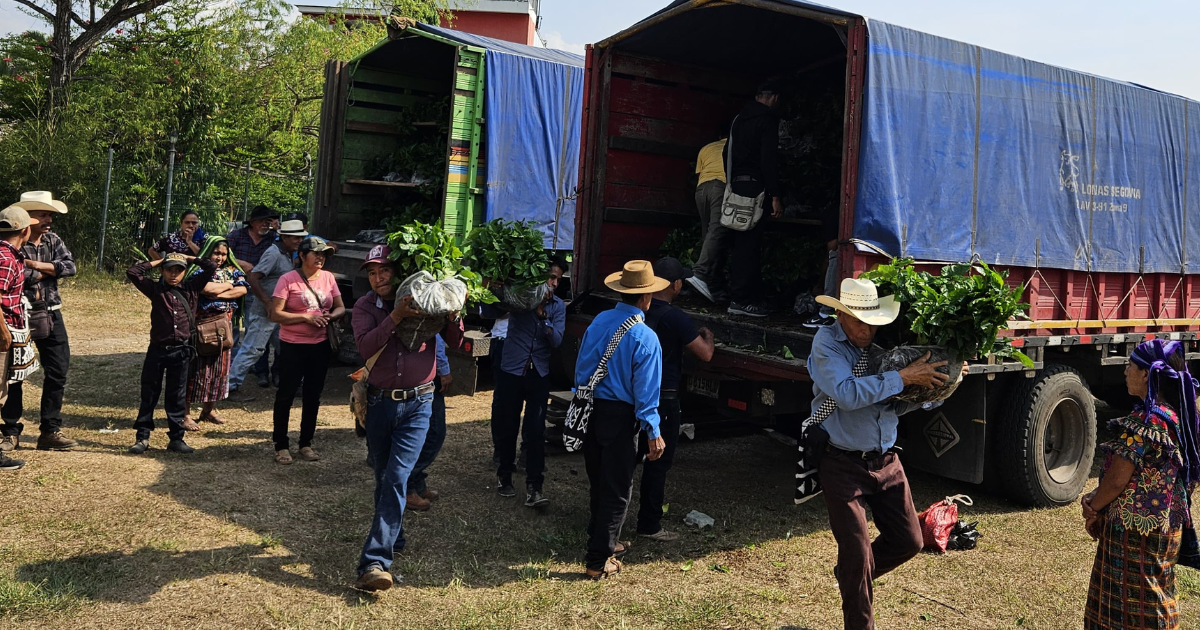
Distributing sustainable coffee varieties in Guatemala
Seeds of Resilience: Science Work for Coffee
Climate change isn’t some distant threat—it’s here. Coffee production is already being squeezed by rising temperatures, erratic rainfall, and more frequent disease outbreaks. That’s why organizations like World Coffee Research (WCR) are pushing for urgent investment in new, climate-resilient coffee varieties. With forecasts showing global shortages by 2030 and green coffee prices hitting $4 per pound earlier this year, the stakes couldn’t be higher.
WCR, which includes over 200 members across 30 countries, is rallying the industry to close a gaping funding gap and accelerate the development of coffee that can thrive under stress. Their goal? Help diversify supply chains that currently depend too heavily on Brazil and Vietnam—two powerhouses that are vulnerable to extreme weather.
Meanwhile, on the ground in Guatemala, Volcafe is on track to distribute one million Marsellesa coffee plants to smallholder farmers. The Marsellesa variety not only resists coffee leaf rust, but also promises high yields and a solid cup profile—a win for both farmers and your morning brew.
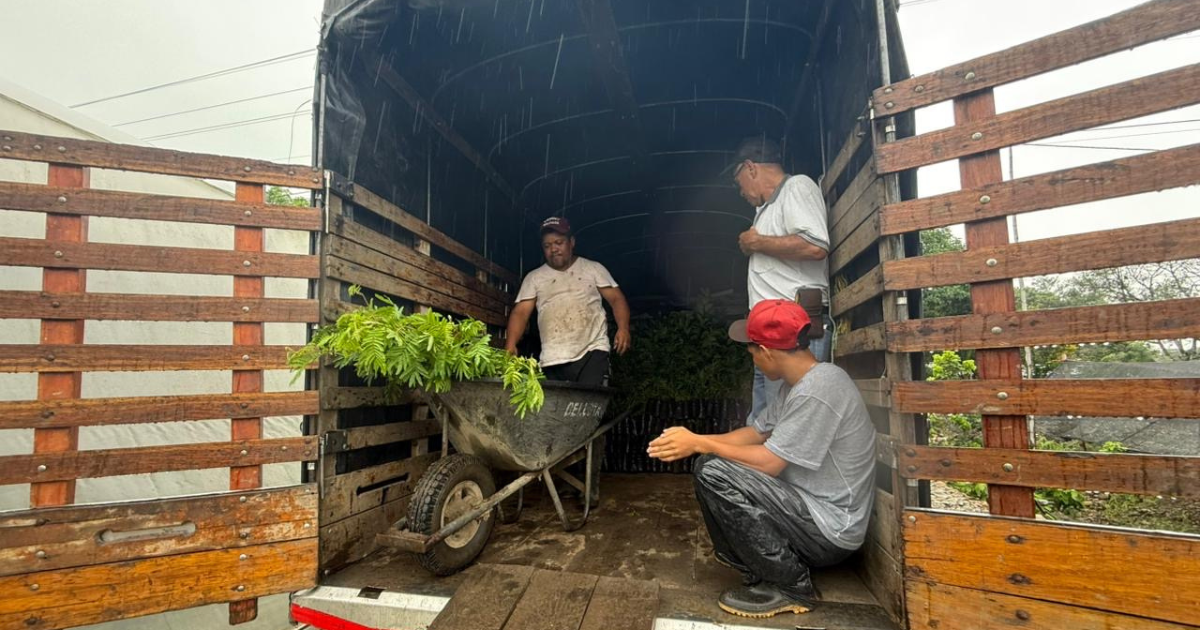
The Carcafé Foundation team in Colombia delivered 100,000 baby shade trees to 900 coffee farmers in Colombia’s Meta department. Part of the broader sustainable coffee initiative.
Colombia’s Model: Sustainable Coffee in Action
Colombia, the world’s third-largest coffee producer, is rewriting the rulebook on climate-smart agriculture. Faced with the threat of losing up to 50% of its viable coffee land by 2050, the country is betting big on science and regenerative practices.
Coffee farms here are evolving into carbon sinks, with shade-grown systems that mimic forests, cool the microclimate, and boost biodiversity. Researchers at Cenicafé, Colombia’s National Coffee Research Centre, have developed hybrid varieties like Castillo and Cenicafé 1, which hold up under heat and disease pressure without sacrificing yield or taste.
Colombia is also transforming how coffee is processed. Innovations like the Ecomill® drastically reduce water use and virtually eliminate pollution from traditional wet milling. As of 2018, one-third of Colombian farms had adopted eco-mills, with more coming online every year.
And in the soil itself, change is brewing. Researchers are exploring legume intercropping as a low-cost, eco-friendly way to boost nitrogen and reduce dependence on imported fertilizers. It’s science meeting sustainability, rooted in local realities and supported by international collaboration—like the ongoing partnership between Colombia and Purdue University.
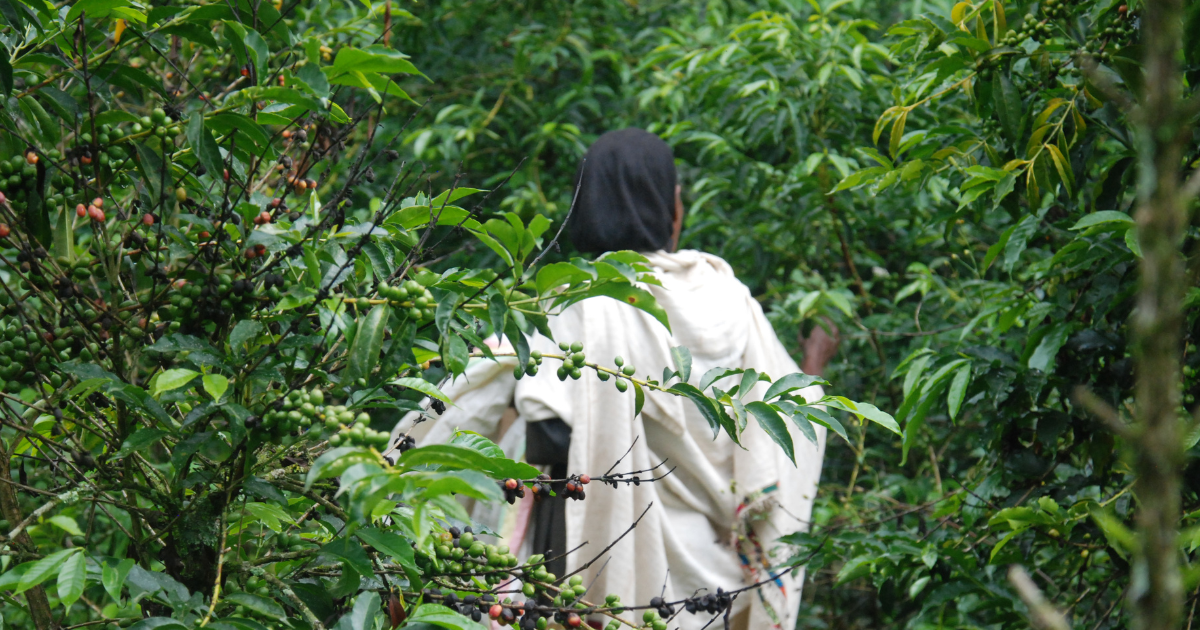
Picking coffee in the forests of Sidama in Ethiopia
Ethiopia: Where Conservation Meets Coffee
In Ethiopia’s forested highlands—the birthplace of Arabica—coffee is being used as a tool for environmental restoration. Farm Africa’s Coffee for Conservation project reforested 5,000 acres, trained over 4,000 farmers in climate-smart practices, and increased local incomes by 45%. It also sparked a switch to energy-efficient stoves and reforestation using locally grown seedlings, with an 85% survival rate. The result? A stronger ecosystem, better livelihoods, and more coffee exported—up 70% during the project.
This effort proves coffee can thrive in intact ecosystems, and even enhance biodiversity when grown the right way. Ethiopia’s strategy blends tradition, conservation, and innovation into a model that other coffee-producing nations are starting to follow.

Volcafe conducting farmer education in Honduras to help ensure a sustainable future for coffee.
Tech, Big Brands and Sustainable Coffee
The private sector is stepping up too. Nestlé’s Nescafé brand cracked its 2025 sustainability target a year early—sourcing 32% of its coffee from farmers using regenerative agriculture. The shift to composting, mulching, and soil cover has already reduced greenhouse gas emissions per kilo of green coffee by up to 40%.
Meanwhile, illy Coffee is rewriting the story of Brazilian coffee through regenerative agriculture. Farms using these methods have won illy’s prestigious coffee quality award two years in a row—proof that sustainability doesn’t mean sacrificing quality.
Technology is another rising star. At Edith Cowan University, researchers developed a drone-based tool to detect coffee berry borer infestations early—saving crops and potentially billions in losses. With pests and diseases becoming more aggressive due to climate shifts, tools like this could be game-changers for farmers worldwide.

Tanzanian Robusta coffee farmer
Sustainable Coffee : One Goal, Many Paths
The stories coming out of Colombia, Ethiopia, Brazil, Guatemala, and labs around the world show one thing clearly: the coffee industry is waking up, fast. From high-tech pest control to indigenous agroforestry, from multinational brands to tiny family farms, the future of coffee depends on collaboration, innovation, and a willingness to act now.
The work ahead is enormous—but so is the momentum. If you love coffee, there’s never been a more important time to support the people and ideas working to keep it flowing for generations to come.

